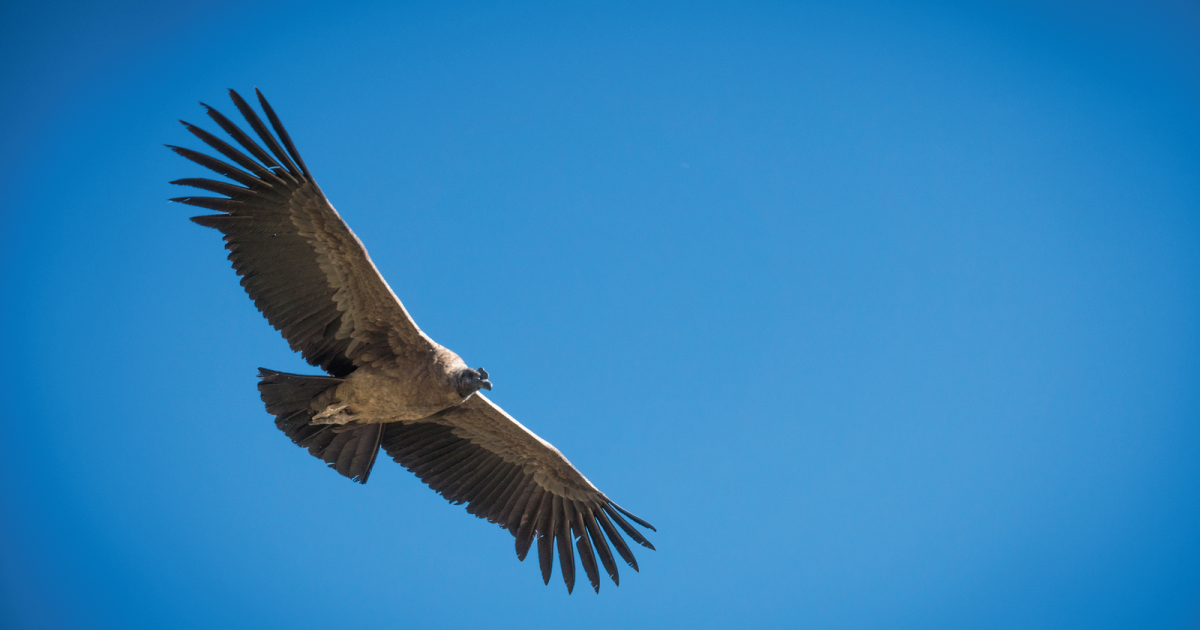
Pesticides Are Killing off the Andean Condor
High above the Argentinian plains, an Andean condor (Vultur gryphus)—one of the world’s largest flying bird species—catches the distinctive aroma of decaying flesh on the wind. It’s quickly joined by other condors, perhaps a dozen or more, who start circling in the familiar pattern of all carrion-loving vultures.
February 9, 2020 | Source: Scientific American | by John R. Platt
Livestock owners needlessly fear these massive South American birds—and lure them to their deaths with illegal poisons. That puts the entire species at risk
It starts with the whiff of death.
High above the Argentinian plains, an Andean condor (Vultur gryphus)—one of the world’s largest flying bird species—catches the distinctive aroma of decaying flesh on the wind. It’s quickly joined by other condors, perhaps a dozen or more, who start circling in the familiar pattern of all carrion-loving vultures.
Soon the massive condors spy the source of the delicious smell: a dead sheep or goat lying in a field. The hungry birds quickly angle in for descent, land around the body and begin to feed, tearing into the skin and meat with their sharp beaks.
Then the condors also begin to die.
At first they appear merely disoriented. Then they start to stumble, convulse and fall around the dead sheep. A few may try to fly, flapping mighty wings that span 10 feet—only to crash to the ground just a few yards away.
